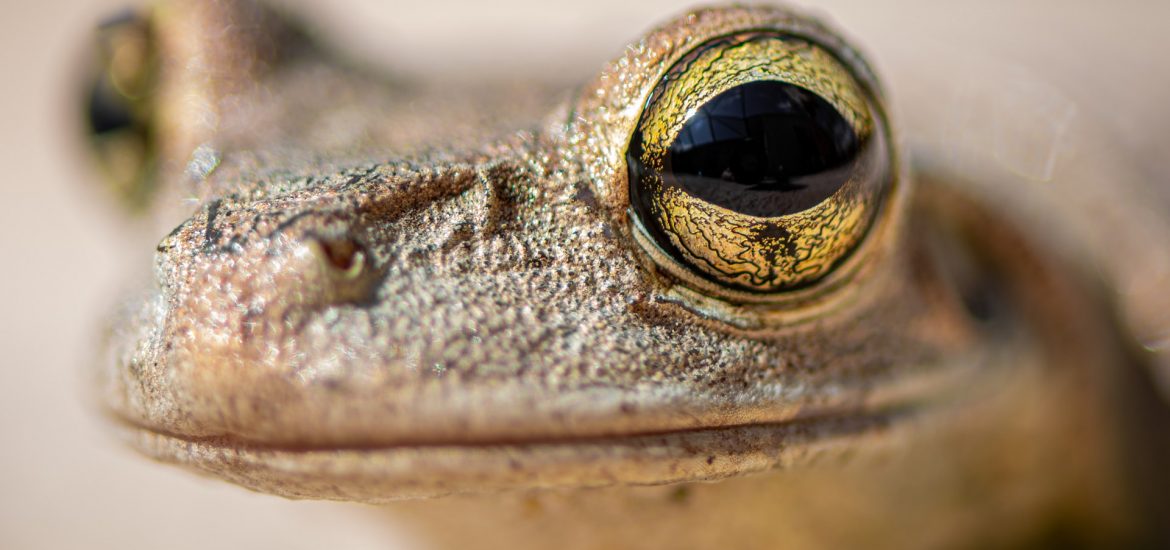Recently I’ve been reading Rob Walker’s The Art of Noticing. Subtitled “131 Ways to Spark Creativity, Find Inspiration, and Discover Joy in the Everyday,” you wouldn’t think it would provide much insight into personal finance. However, I’ve discovered that indeed it does.
The Art of Noticing
The Art of Noticing is a series of lessons about, as the title tells us, how to notice things. It provides creative suggesting for enhancing your life by paying attention to a variety of different things. For example, Walker devotes one chapter to noticing things through your senses. Within that chapter are many lessons on noticing sounds and noticing silence. Each exercise includes references to an artist or project that inspired it. Furthermore, there are tips about how to implement this in your own life.
Sever the Connection Between Money and Movement
The most poignant financial lesson that caught my attention in this book was from an exercise titled “Drift.” You can find it in the book’s “Going Places” chapter. It references a memoir of sorts by Jean-Paul Clebert called “Paris Vagabond.” the memoir is about how people managed to survive after their normal economic structures toppled due to WWII. Wandering the city, writing on random scraps of available paper, Clebert composed his memoir. Artist Guy Debord then explored the idea as something one could choose to do: to drift around without using money.
Walker points out in this exercise that “the connections between money and movement are pretty overwhelming.” Then asks, “what happens if you sever them?” The exercise is simply to spend an entire day moving about your own city, without spending any money. I often walk around my city. However, truthfully, I usually spend money all along the route – a coffee here, a magazine there, a Lyft ride home.
While I think there are some complicated aspects of privilege related to the original roots of this exercise, the exercise itself seems valuable. What would I see differently in my city if I didn’t spend any money at all?
Lesson: It doesn’t take any money at all to explore the city for a day.
A Detailed Inventory Can Save You Money
Towards the end of the book comes an exercise called “Make an Insanely Detailed Inventory.” You can inventory absolutely anything. In fact, there are plenty of apps available to help quantify our lives. Walker gives the example of Matt Manhattan who has inventoried every single item that he owns. His clothing inventory, for example, is a spreadsheet that includes:
- Each article of clothing
- Price of the item
- Date acquired
- Brand
- Color of item
He photographed every item. He turned the information into a pie chart. And through this detailed inventory, he learned deeply all about each item he owned. For example, he learned d that he owned nearly one dozen teachers, purchased at a price of over $20 each. Walker quotes Manhattan as saying that the practice of deep inventory “changed the way he thought about his possessions, and, as a side effect, ended up saving him a substantial amount of money.”
Lesson: A deep inventory of item by item in my house could help me save money.
Overall Lesson: Noticing More Helps You Spend Consciously
Ultimately, a frugal life isn’t just about saving money. Instead, frugality is about spending money consciously. It’s about using money as a tool for living the life we want. And what I discovered through reading The Art of Noticing is that noticing leads to attention. Attention leads to consciousness. In noticing and appreciation sounds and smells and other free things, I am more mindful about whether or not I want to spend money.
Read More:
- Would You Rather Have More Time or Money?
- The Value of Time or Money: What’s More Important During Holidays
- There is No “Right Time” to Learn About Money
Kathryn Vercillo is a professional writer who loves to live a balanced life. She appreciates a good work-life balance. She enjoys balance in her relationships and has worked hard to learn how to balance her finances to allow for a balanced life overall. Although she’s only blonde some of the time, she’s always striving for total balance. She’s excited to share what she’s learned with you and to discover more together along the way.
